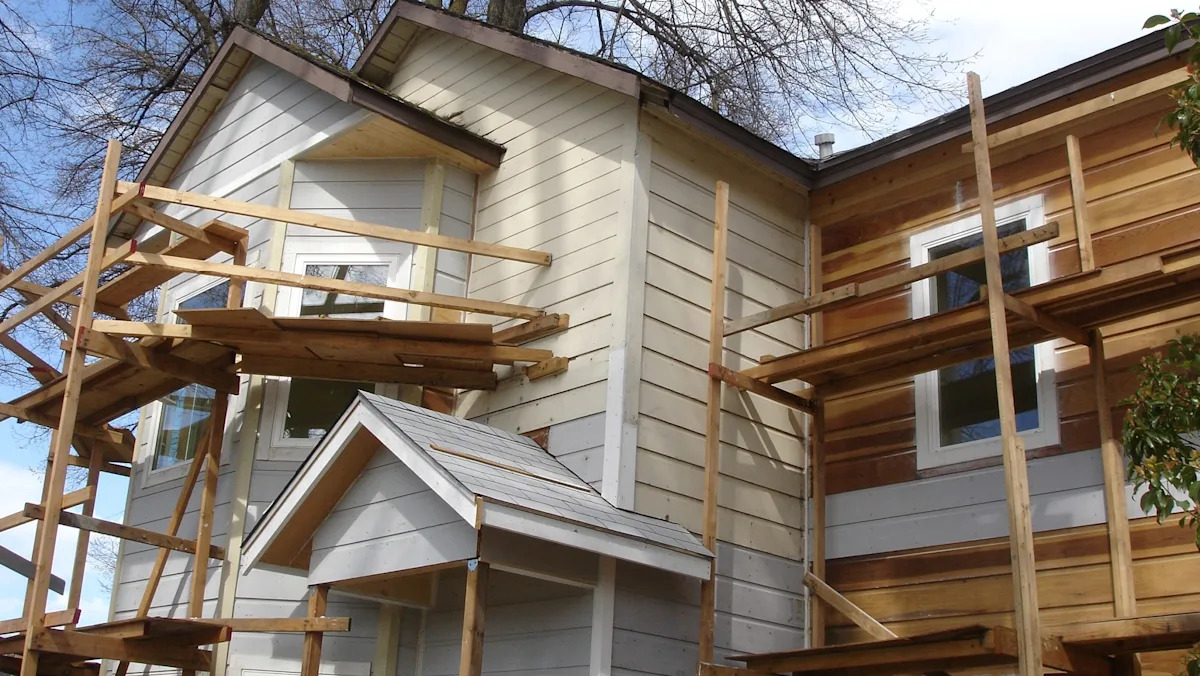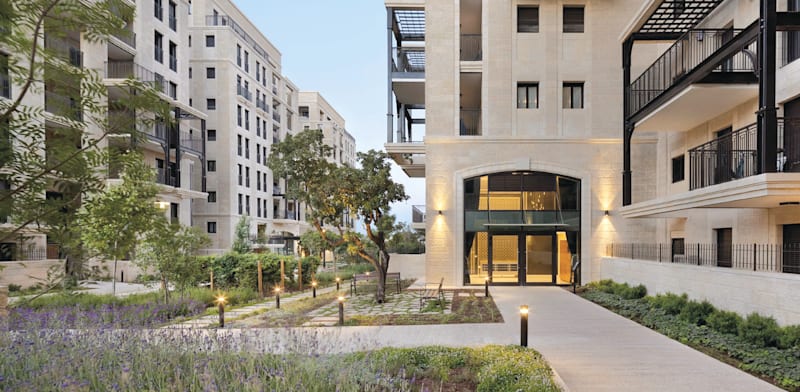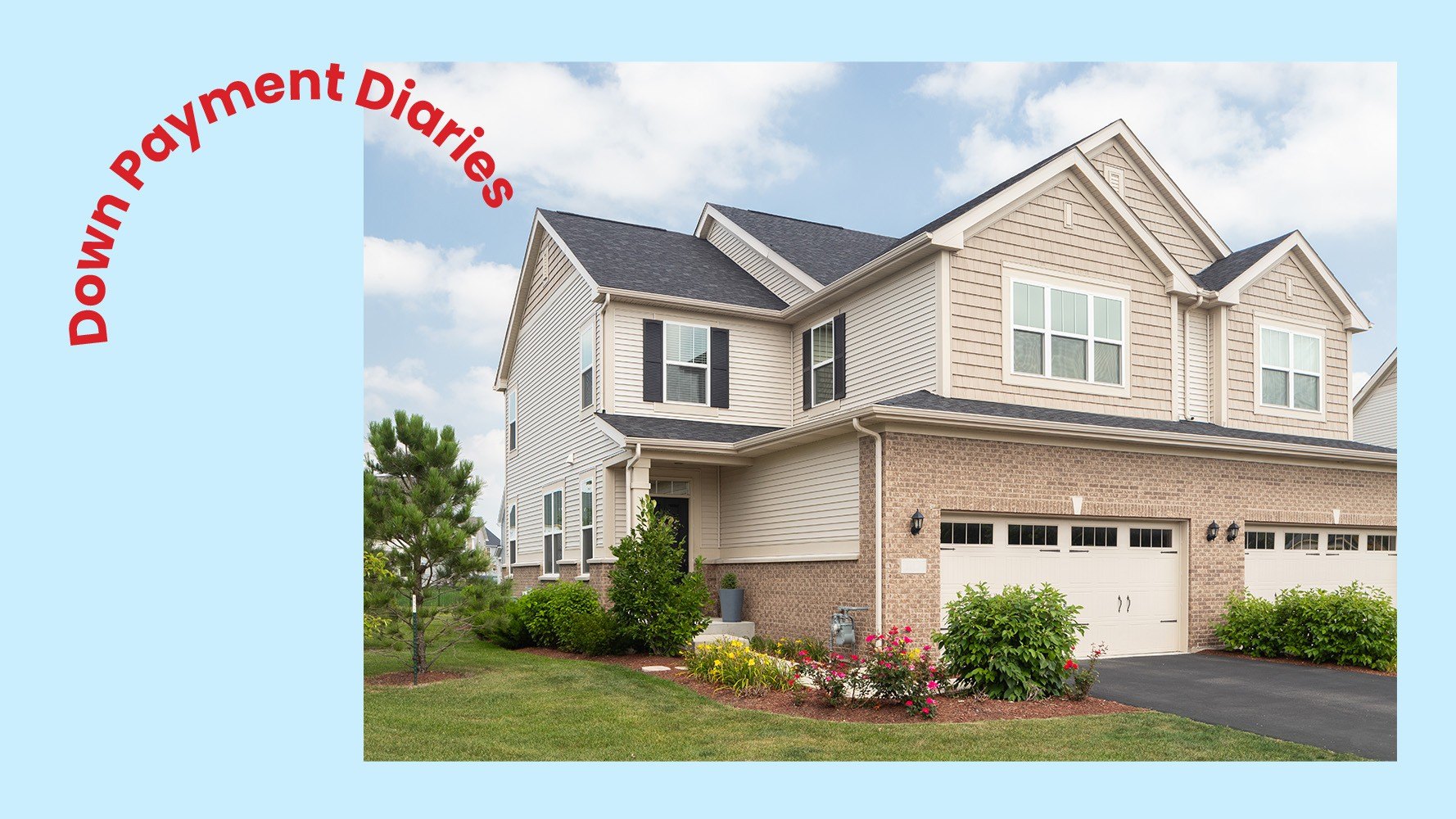A
rizona’s 2025 residential market is a tug‑of‑war between volatile mortgage rates, assertive sellers, cautious buyers, shifting supply, and macro uncertainty. Q4 will reveal whether momentum holds or a clear direction emerges, setting the tone for 2026.
**LOCAL NEWS**: 10 things you may not know are manufactured in Arizona
**INDUSTRY INSIGHTS**: Want more news like this? Get our free newsletter here
Mortgage rates are the biggest wildcard. A Fed rate cut in September 2024 did not lower mortgage rates; instead, they spiked and stayed high. This shows mortgage rates depend on bond yields, MBS spreads, inflation expectations, credit risk, and lender margins, not just Fed policy. Lenders sometimes pre‑empt market expectations, causing rates to fall before a cut and rise again if the cut is weaker than expected. By mid‑2025, rates are still lower than most of the past year but have risen ~25 basis points from recent lows, indicating ongoing volatility. For Arizona, Q4 outcomes hinge on where rates settle: around 6 %, sliding toward 5.5–6.0 %, or, less likely, climbing above 7 %.
Supply and demand also shape pricing power. The Cromford Supply Index for Phoenix now shows a bottoming trend, suggesting demand remains steady and supply constraints may ease. This will influence how sellers and buyers negotiate.
**Sellers – Manage Expectations, Time Smartly**
- **Pricing pressure**: In many mid‑ and entry‑price markets, days on market are high, giving buyers room to negotiate. Aggressive pricing or lack of differentiation will face resistance.
- **Strong submarkets**: Luxury and highly amenitized neighborhoods may still favor sellers, as low inventory and high demand reduce buyer leverage.
- **Easing supply**: More listings in Q4 mean sellers must compete on presentation, staging, and marketing.
- **Early Q4 advantage**: Listing in October–mid‑November captures buyers eager to close before year‑end tax or cost considerations. December listings may see softer traffic and price sensitivity.
- **Concessions**: In softer segments, offer incentives (closing‑cost help, warranties, flexible dates). In stronger markets, resist high concessions.
- **Price outlook**: Expect stabilization or mild increases, especially in desirable niches; avoid steep declines unless a shock occurs.
- **Condition matters**: Homes in excellent condition with modern updates and curb appeal will outperform; delayed or under‑invested upgrades risk losing traction.
**Buyers – Patience, Rate Locks, and Selectivity**
- **Negotiation leverage**: In mid‑to‑lower‑end markets, buyers can push for concessions and price cuts as seller advantage erodes.
- **Rate lock timing**: Monitor rate movements closely; lock early with float‑down options to save thousands over the loan life.
- **Avoid assumptions**: Rates may not drift downward; evaluate each lock window carefully.
- **Selective buying**: Older or low‑demand properties linger; savvy buyers can negotiate aggressively.
- **Target fundamentals**: Seek properties with strong build quality, good location, and low maintenance for upside if the market rebounds.
- **Shadow inventory**: Sellers with ultra‑low loans may list only when compelled, creating hidden supply that could surprise pricing.
**2026 Mortgage Rate Scenarios**
- **Scenario 1 – Rates < 6 %**: A sweet spot. Pent‑up demand surges, especially among first‑timers. Sales could rise 5–10 % YoY; price appreciation 3–7 % in transit‑oriented, job‑rich corridors. Buyers who purchased in Q4 2025 would see equity gains.
- **Scenario 2 – Rates ~6 %**: Base case. Market remains mixed/segmented. Some areas see modest gains; others stay flat or soften. Builders may offer incentives to clear inventory. Appreciation stays 1–4 % in strong submarkets, flat or slight declines elsewhere.
- **Scenario 3 – Rates > 7 %**: Less likely but possible if inflation resurfaces. Demand retracts broadly; price softening spreads beyond weak pockets into mainstream tiers. Sellers face pressure to reduce prices or offer concessions; builders pull back on speculative projects.
**Bottom Line & Headlines to Watch**
Q4 2025 will test market resilience; sellers may find less cushion in commodity segments, while buyers gain modest negotiating power. 2026 hinges on mortgage rates: a drop below 6 % could unlock latent demand; sustained high rates will keep segmentation and modest growth. Local nuances—school districts, commute times, amenities—will dominate. Rate‑lock strategy is critical; waiting too long can be costly. Product quality—condition, design, energy efficiency, low maintenance—will command premium valuations.
**Author**: Greg Remmers, seasoned broker and COO of RE/MAX Fine Properties, brings 25+ years of leadership to Arizona’s real estate scene.














